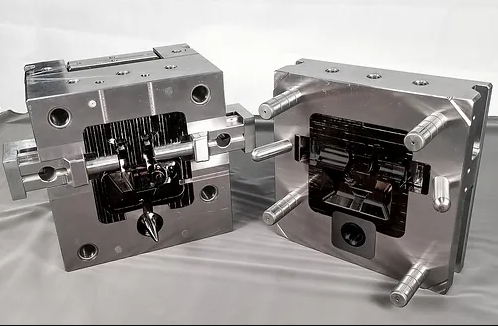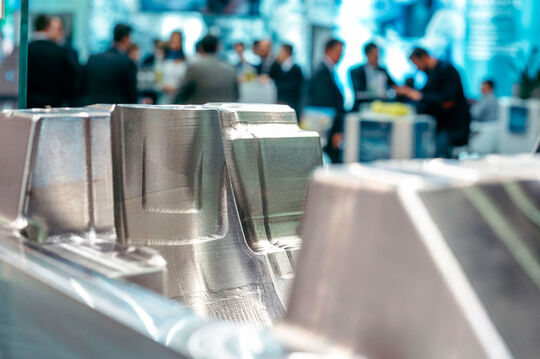Introduction
Die casting is a widely used manufacturing process for producing high-quality metal parts with complex shapes and tight tolerances. It involves injecting molten metal into a die cavity under high pressure, followed by rapid cooling to solidify the metal and produce the desired part. However, to achieve optimal results, careful design considerations are essential. This article presents guidelines for die casting design, focusing on optimizing the manufacturing process.
Design Considerations
1. Material Selection
The choice of material is crucial in die casting design. Aluminum, zinc, and magnesium alloys are commonly used due to their excellent flowability, high strength-to-weight ratio, and good corrosion resistance. Each material has its own unique properties, and selecting the right one depends on factors such as the desired part characteristics, operating environment, and cost considerations.
2. Wall Thickness
Maintaining uniform wall thickness is important to ensure proper filling of the die cavity and minimize the risk of defects, such as porosity or surface cracking. Ideally, the wall thickness should be as uniform as possible, avoiding sudden changes or abrupt transitions. In general, a wall thickness of 2-4mm is recommended for aluminum die casting.
3. Draft Angles
Draft angles are necessary to facilitate the ejection of the part from the die cavity. Without draft angles, the part may stick to the die, resulting in production delays and potential damage to both the part and the die. A draft angle of 1-3 degrees on vertical surfaces and 3-5 degrees on horizontal surfaces is typically sufficient.
4. Fillets and Radii
Sharp corners should be avoided in die casting design due to the potential for stress concentration and increased porosity. Incorporating fillets and radii helps distribute stresses more evenly, improving the part’s strength and reducing the risk of defects. Fillets with a minimum radius of 1-2mm are recommended.
5. Undercuts and Side Actions
Undercuts are features that prevent the straightforward ejection of the part from the die. While undercuts can be challenging to incorporate in die casting, the use of side actions or slides can help achieve the desired shape. However, additional complexity may increase production costs, so careful evaluation of the design’s feasibility is necessary.
6. Parting Lines
The parting line is the line where the two halves of the die meet. It is important to choose a parting line location that minimizes the impact on the part’s appearance and functionality. Ideally, the parting line should be positioned where it is less noticeable and does not intersect critical features or surfaces.

7. Gates and Runners
Gates and runners are essential components of the die casting process, as they control the flow of molten metal into the die cavity. Proper gate and runner design ensures uniform filling and minimizes the risk of defects. The gate size, shape, and location should be carefully considered to achieve optimal flow and minimize turbulence.
8. Ejector Pins
Ejector pins are used to push the solidified part out of the die cavity after each cycle. Their size, number, and placement should be carefully determined to ensure the part’s easy and reliable ejection without causing damage. Additionally, consideration should be given to the potential for ejector pin marks on visible surfaces.
Conclusion
Optimizing the die casting design is crucial for achieving high-quality parts, reducing production costs, and maximizing manufacturing efficiency. By considering material selection, wall thickness, draft angles, fillets and radii, undercuts and side actions, parting lines, gates and runners, and ejector pin placement, designers can create robust and manufacturable die cast parts. Following these guidelines will lead to improved product performance, reduced part defects, and overall process optimization in the die casting industry.
-

- Magnesiumseoksesta muovattavat UAV-osat
-

- Magnesium alloy die casting auto parts transfer case
-

- Magnesiumseosvalimoosien polkupyörän rungon CNC-työstö ja pintakäsittely
-

- Magnesiumseoksesta valmistettu tukkupyörä 3–5-vuotiaille 12 tuuman lasten pyörä OEM halvalla
-

- Räätälöidyt valimotuotteet sähköpyörän komponentit magnesiummetallivanteet
-

- Magnesiumseoksesta painevalu Auton osat Etupuskuri Törmäyksenestopalkki

 0086-750-5616188
0086-750-5616188 +86 13392089688
+86 13392089688 sales@zhongmei-tech.com
sales@zhongmei-tech.com







